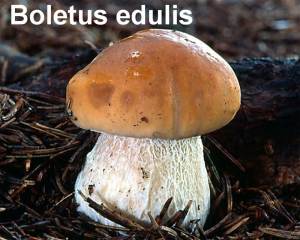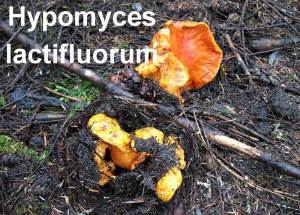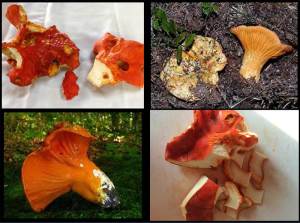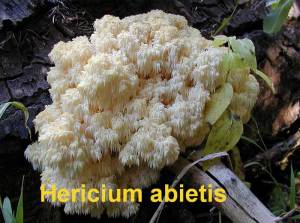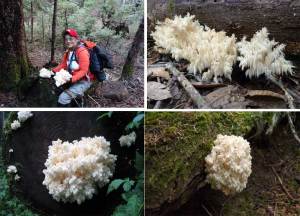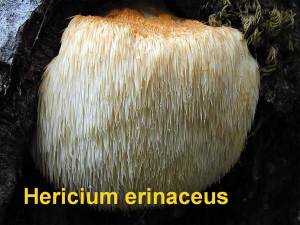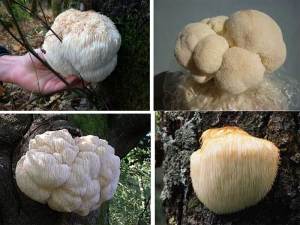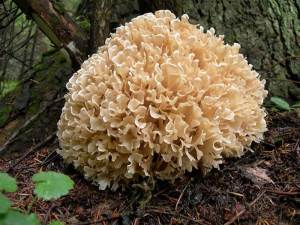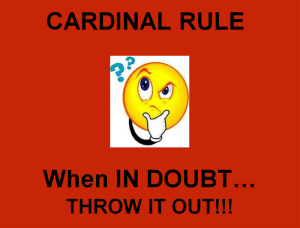Foraging for mushrooms has become quite popular. Is it due to a “back to nature” movement and consuming food that is natural, or is it the THRILL of finding something edible in the wild?
Whatever it is, be cautious about eating a mushroom without total identification that it is an edible. In fact, “a mushroom chooses its victim”. One can be allergic to them like being allergic to strawberries or seafood.
In the PNW, most edible mushrooms are found under conifer trees: Douglas fir, hemlock, pine, or spruce. They are said to be mycorrhizal, a mutually beneficial relationship between the trees’ roots and the fungi.
Interested in foraging for edible mushrooms? One way is to join a mushroom group. In the Seattle area, Puget Sound Mycological Society, the largest in the Pacific Northwest, and Snohomish County Mycological Society, north of Seattle are the closest. Both lead mushroom forays, or a field trip educating the public on edible, non-edible, or poisonous mushrooms. Another way would be to follow a seasoned forager who may or may not have been a former member of a mushroom group, and hunts independently.
In these groups, one of the most important lesson that one will come away with is how to identify key features of a mushroom. Learning to identify different parts of a mushrooms is crucial because these characteristics determine whether it is indeed the right mushroom for the table.
The unique key features mentioned here are for a typical gilled mushroom that most mushroomers hunt for. Exceptional nongilled mushrooms have only some of these characteristics.
KEY FEATURES OF A MUSHROOM
The following key features are what to look for in identifying the genus and species of a mushroom.
– The size, shape, and color of the cap and stalk.
– Underneath the caps, are there gills, sponge layer(pores), or teeth?
– Its odor.
– Its spore color.
– Other features like:
– a veil or ring around the stalk,
– a base with a volva
Be aware that photographs from a mushroom text book may be unreliable.
Selected here are five CHOICE edibles which can be easily distinguished from gilled mushrooms. Each key features are unique and have no poisonous look-a-likes.
BOLETUS edulis are better known as porcinis by the Italians, and cep by the French. Foraged during the summer and fall, these prized and delicious edibles can look like a bread bun protruding through duff, the decayed organic matter on the forest floor under conifers. Features that announce this delectable mushroom are its bald cap of any of these colors: brown, yellow-brown, or red- brown, and underside it are pores, a sponge like layer, that when young it is whitish, and turns olive green as it matures; it does not turn blue when handled. Just below the stem, a net like design decorates it.
A most desirable mushroom when sliced and dried, it makes a tasty and flavorful soup
HYPOMYCES lactifluorum aka Lobster mushroom is a pretty thing. In reality the mushroom originally was a Russula brevipes, a commonly white russula found in the Pacific Northwest. Engulfed by a parasite in rich conifer humus, and the host mushroom may hold its shape or another odd shape, but it is the fresh steamed red or red orange lobster color that magnetizes a forager’s eyes. Best sauteed in butter or pickled.
HERICIUM abietes, a striking white ball growing on a dead log from afar while hiking in the woods, would be overlooked by everyone except a mushroom forager. This beauty whose other name is Bear’s head, also a “teeth fungi”; once handled, will never be forgotten. Adorned with pretty white like icicles on its branches, this mushroom is delicious when sauteed in olive oil, or add it in eggs, or to a vegetable stir fry, semi crisped.
A novice forager, may mistaken a HERICIUM erinaceus for a Hericium abietes. Don’t be fooled. The difference is how the “teeth” are set. Aka “Lion’s Mane”, depending on age, is a medium or large white clump-like ball of spines hanging all over it. Find these on both living trees and dead logs in a forest. If foraging is out of the question, it can be cultivated or purchased from mushroom growers. Culinary delight depends on the consumer. One believes it tastes like seafood, another says it tastes bland.
SPARASSIS crispa, looks more like a cluster of egg noodles rather than a cauliflower, but Cauliflower mushroom is its accepted common name. Growing on stumps or Douglas fir tree roots and other conifers, it can easily be identified; look closely to find firm flat curly edges. Young white or slightly tan specimens weighing less than 5 pounds are better sought out, though difficult to clean with fir needles caught between its branches. Cook
thoroughly to tender it. Delicious in casseroles or in a frittata.
HYDNUM repandum called Hedgehog, a teeth fungi, competes with the Cantharellus cibarius, or popular yellow chanterelle as an edible. Some foragers prefer it because it is tastier. Hedgehogs’ caps and stalks range in color: white, pale orange, orange brown.
But its best unmistakeable feature are delicate white or pale orange spines called “teeth” hanging under its cap. Usually in large numbers on the ground under fir, hemlock, and pine. Prepare as you would a chanterelle, a little bit of butter, salt, and pepper
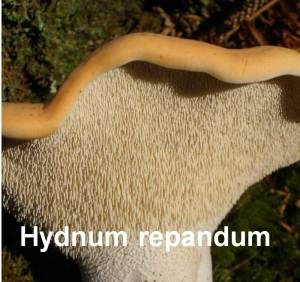
Before consuming any edible mushroom, be sure to follow these FIVE RULES:
1. Always be 100% sure of its identification
2. Always cook mushrooms thoroughly
3. Eat no more than one tablespoon when trying out a new mushroom; save a fresh sample in the refrigerator.
4. Eat only one mushroom at a time – wait 24 hours for any reaction.
5. Only eat mushrooms in good condition.
Finally, when unsure about any of a mushrooms’ key features, a CARDINAL RULE exists and that is:
WHEN IN DOUBT….THROW IT OUT!

